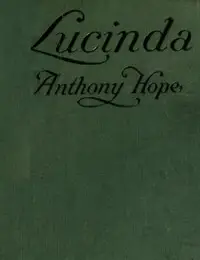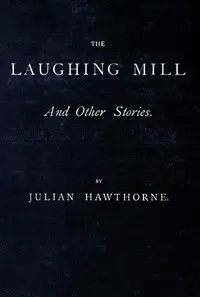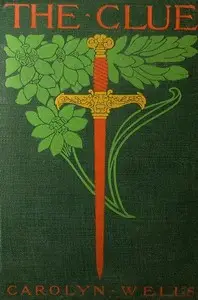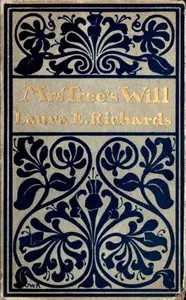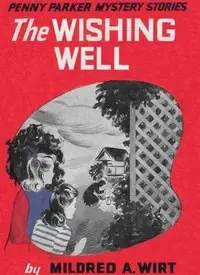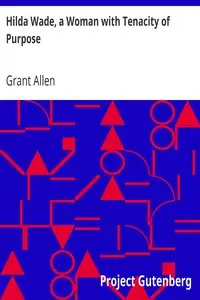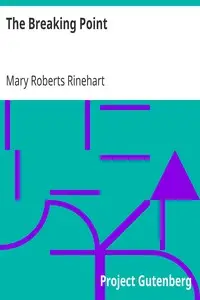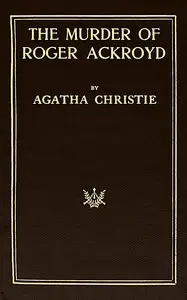"Where There's a Will" by Mary Roberts Rinehart is a story set in the early 1900s, telling the tale of Minnie Waters, a lively worker at Hope Springs Sanatorium, as she deals with trouble, duty, and a surprise new boss. Starting with Minnie looking back on her 14 years at Hope Springs, the story shows her struggling with her duties and worrying about what will happen to her home after the old doctor passes away. Important people like Miss Patty Jennings, a regular guest with her own love story with royalty, and Mr. Richard Carter, the doctor’s grandson who’s supposed to take over, come into the picture. As things get exciting with Miss Patty getting engaged and secrets being revealed, the story becomes a funny and dramatic mix, showing off Minnie’s strong personality and her connections to the events happening around her.

Where There's a Will
By Mary Roberts Rinehart
In a sanatorium full of secrets and quirky characters, a dedicated worker finds herself caught in a web of mystery and romance when a new owner arrives.
Summary
About the AuthorMary Roberts Rinehart was an American writer, often called the American Agatha Christie. Rinehart published her first mystery novel The Circular Staircase in 1908, which introduced the "had I but known" narrative style. Rinehart is also considered the earliest known source of the phrase "the butler did it", in her novel The Door (1930), although the exact phrase does not appear in her work and the plot device had been used prior to that time. She also worked to tell the stories and experiences of front line soldiers during World War I, one of the first women to travel to the Belgian front lines.
Mary Roberts Rinehart was an American writer, often called the American Agatha Christie. Rinehart published her first mystery novel The Circular Staircase in 1908, which introduced the "had I but known" narrative style. Rinehart is also considered the earliest known source of the phrase "the butler did it", in her novel The Door (1930), although the exact phrase does not appear in her work and the plot device had been used prior to that time. She also worked to tell the stories and experiences of front line soldiers during World War I, one of the first women to travel to the Belgian front lines.

